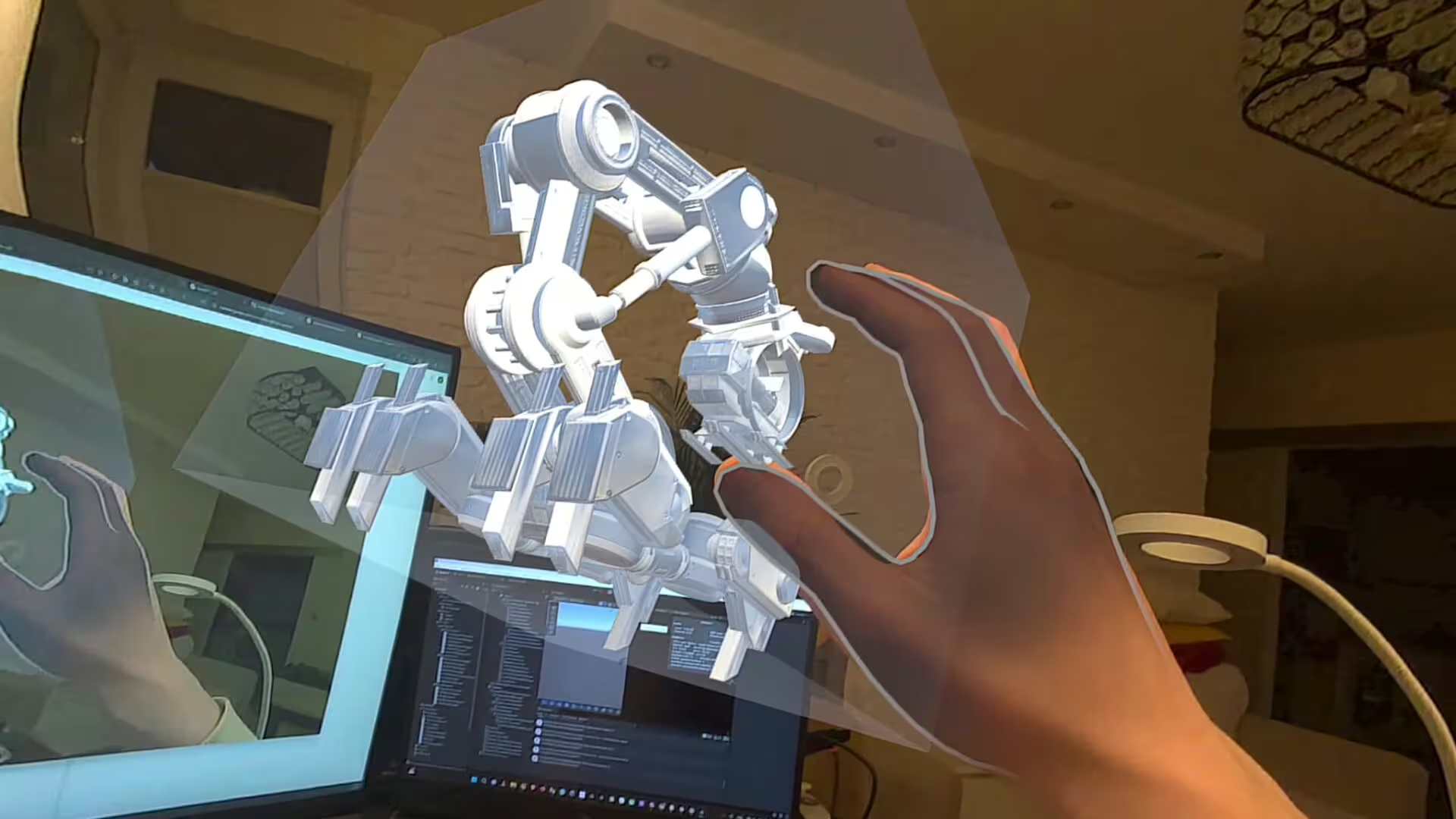Celem pracy jest porównanie wybranych modeli segmentacji oraz klasyfikacji obrazów ultrasonograficznych piersi oraz ich skuteczność w wykrywaniu zmian nowotworowych. Wybrano architektury głębokiego uczenia, takie jak DeepLabV3+ oraz U-Net++ do segmentacji, a także EfficientNet i ResNet do klasyfikacji. Ich skuteczność została oceniona na podstawie ogólnodostępnej bazy danych USG piersi, znajdującej się na platformie ScienceDirect. Baza ta obejmuje obrazy oraz maski piersi zdrowych, ze zmianami łagodnymi oraz złośliwymi.
Pierwszy etap pracy obejmuje wprowadzenie teoretyczne. Zawarty w nim jest przegląd literatury dotyczącej anatomii piersi, omówienie zmian nowotworowych oraz podstawy ultrasonografii piersi. Ponadto omówione są zagadnienia metod komputerowej analizy obrazów medycznych, w tym opis działania sztucznej inteligencji, uczenia głębokiego, opis wykorzystanych architektur oraz omówienie na czym polega segmentacja i klasyfikacja.
Kluczowym elementem projektu jest przygotowanie i wstępna obróbka danych oraz implementacja wybranych modeli. Etap ten ma bezpośredni wpływ na poprawność działania architektur oraz końcowe wyniki uczenia. Dzięki zastosowaniu środowiska Google Colab oraz języka Python, możliwa była walidacja wyników oraz przedstawienie ich m.in. w formie graficznej.
Ostatni etap pracy obejmuje zestawienie oraz porównanie uzyskanych wyników działania modeli. Wyniki zostały przedstawione w formie tabel, wykresów oraz porównawczych zdjęć. Na ich podstawie sformułowane zostały podsumowanie oraz wnioski dotyczące efektywności działania poszczególnych modeli.
The aim of this thesis is to compare selected models for segmentation and classification of breast ultrasound images, as well as to evaluate their effectiveness in detecting cancerous lesions. Deep learning architectures such as DeepLabV3+ and U-Net++ were chosen for segmentation, while EfficientNet and ResNet were applied for classification. Their performance was assessed using a publicly available breast ultrasound dataset from the ScienceDirect platform. This dataset contains images and masks of healthy breasts, as well as those with benign and malignant lesions.
The first stage of the thesis includes a theoretical introduction. It provides a literature review on breast anatomy, discusses cancerous changes, and presents the fundamentals of breast ultrasonography. Furthermore, it addresses key aspects of computer-based medical image analysis, including an overview of artificial intelligence and deep learning, descriptions of the applied architectures, and explanations of segmentation and classification methods.
A crucial part of the project is the preparation and preprocessing of the data, along with the implementation of the selected models. This stage directly impacts the proper functioning of the architectures and the final learning outcomes. By utilizing the Google Colab environment and the Python programming language, model validation was carried out, and results were presented, among others, in graphical form.
The final stage of the thesis involves compiling and comparing the results obtained from the models. The outcomes are presented in the form of tables, charts, and comparative images. Based on these, a summary and conclusions were formulated regarding the effectiveness of each model.



